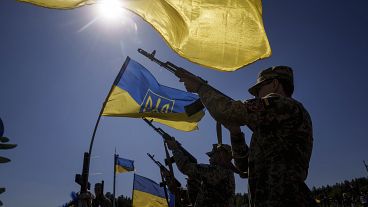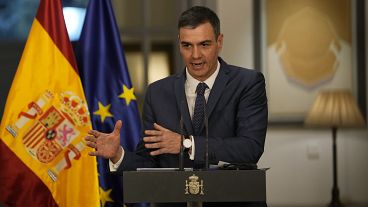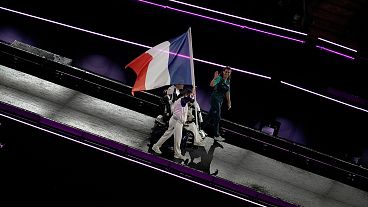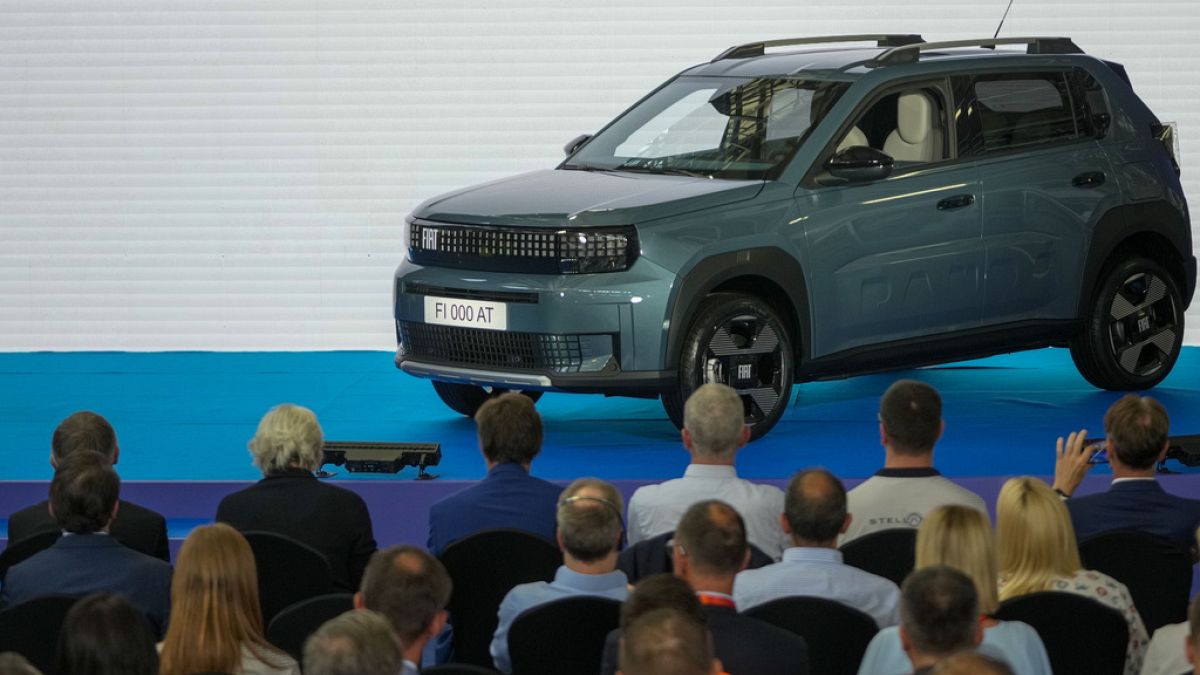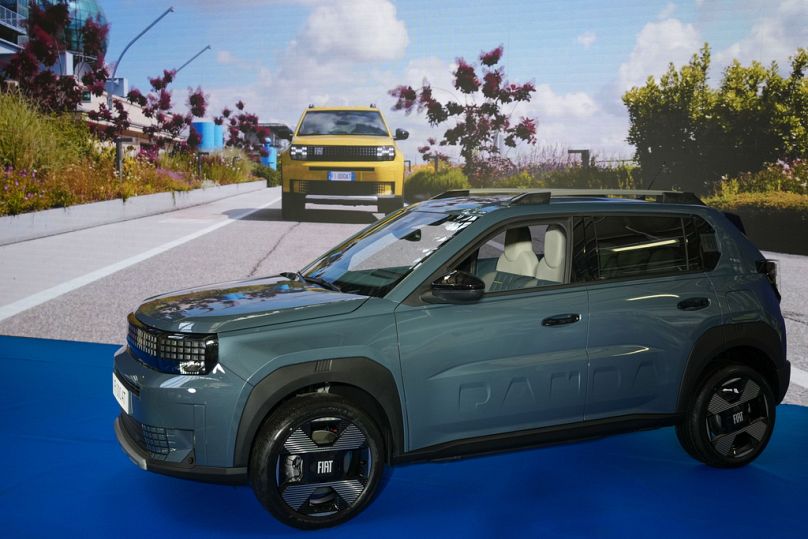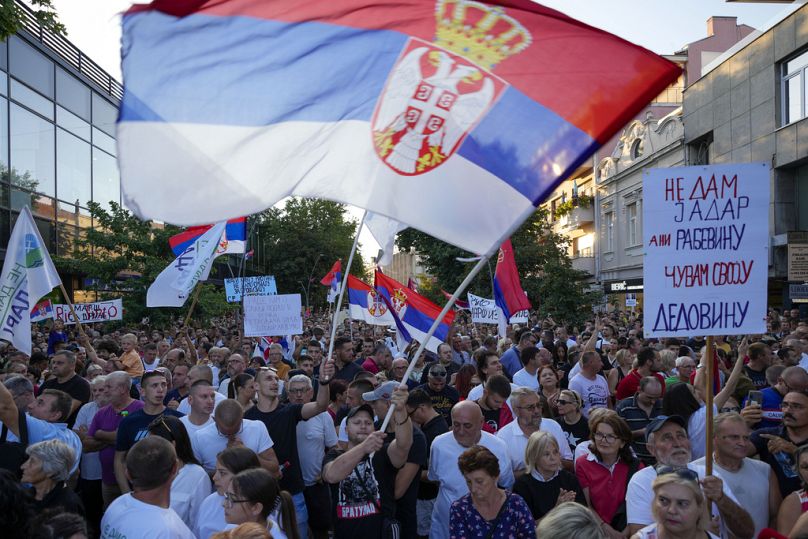The agreement made in June has been fiercely criticised by environmentalists and opposition groups in Serbia, who argue that it would cause irreversible environmental damage while bringing little benefit to its citizens.
A new trial production line of the electric version of Fiat's Grande Panda car was inaugurated in Kragujevac last Monday.
Built at the factory known for producing the Italian brand's vehicles since it was rebranded under Fiat Chrysler — now Stellantis — in 2008, it's set to become the first-ever electric car to be mass-produced in Serbia, with production expected to begin this October.
Its launch follows a deal on lithium reached with the EU in early July in Belgrade that could reduce Europe’s dependency on China and push Serbia, which has close ties to Moscow and Beijing, closer to Brussels.
That deal, however, has been fiercely criticised by environmentalists and opposition groups in Serbia, who argue it would cause irreversible damage to the environment while bringing little benefit to its citizens.
According to the 2023 US Geological Survey, Serbia is estimated to have around 1.2 million tonnes of lithium reserves, a critical mineral for making electric batteries, as the transition to zero-emission vehicles accelerates.
For Fiat's Grande Panda vehicle, the Stellantis group said it took two years to adapt the Kragujevac plant so it could produce EVs.
The Grande Panda comes with distinctive LED lights and an interior made using up-cycled materials.
After rolling off the production line in Kragujevac, the cars will be delivered to showrooms in Europe, the Middle East, and Africa.
Stellantis CEO Carlos Tavares says his company is ready to rise to the challenge from Chinese EV makers. “We at Stellantis are ready for the fight," he says.
"We are going to demonstrate to them that we are hard-working. We are going to demonstrate to them that we have the right technology. We are going to demonstrate to them that we are a very fierce competitor.”
Serbia's President Aleksandar Vučić was at the inauguration of the new trial production line.
"I congratulate you on this big day. I congratulate everyone in Serbia. I am proud of our Serbia, proud of Fiat, and proud of Stellantis," he says.
"I am proud of our cooperation, which is not always simple and easy, and we love that fighting spirit that we saw here today. We will not lack that, and we will fight and work hard in order to catch the most developed countries of Europe and the world.”
The Stellantis group, which sold 1.35 million vehicles worldwide last year, recently reported net profits down by half in the first half of the year due largely to lower sales and restructuring costs.
Created in 2021 from the merger of Fiat-Chrysler with PSA Peugeot, the Franco-Italian multinational reported net profits of €5.6 billion in the period, down 48% compared with €11bn in the same period last year.
Thousands in Serbia protest lithium deal
Meanwhile, on Monday, thousands of people rallied in several towns in Serbia to protest a lithium excavation project the Balkan country's government recently signed with the European Union.
The protests were held simultaneously in the western town of Šabac and the central towns of Kraljevo, Aranđelovac, Ljig, and Barajevo.
They followed similar gatherings in other Serbian towns in the past few weeks. The biggest lithium reserve in Serbia lies in a western valley that is rich in fertile land and water.
The multinational Rio Tinto company had started an exploration project in the area several years ago, which sparked huge opposition, forcing its suspension.
Earlier this month, however, Serbia’s constitutional court overturned the government's previous decision to cancel a $2.4bn (€2.21bn) mining project launched by the British-Australian mining company in the Jadar Valley, paving the way for its revival.
Vučić has said that any excavation would not start before 2028 and that the government would seek firm environmental guarantees before allowing the digging.


